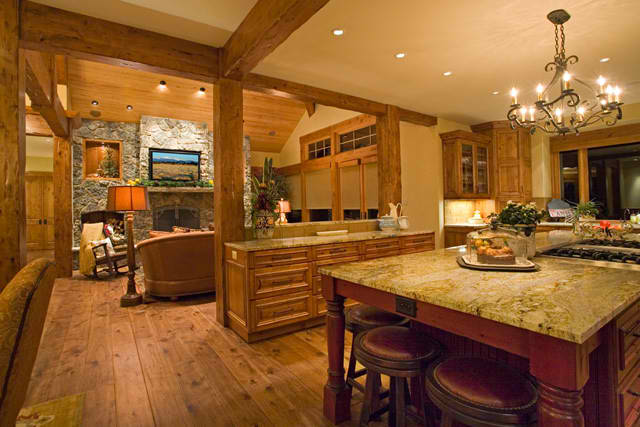<p style="text-align: justify">Moving is definitely taxing on anyone for that matter. When you have everything where they should be and have grown accustomed to the way that your space looks, transferring all of your furniture and having to recreate the same lived-in ambiance can be a very tiresome errand.</p>
<p style="text-align: justify">On the bright side, think of your moving as an opportunity for you to exercise your interior decorating skills and get your imagination going. Of course, if you do not have the natural gift of being an interior decorator, then you may need to pick up a couple of design tips before you start moving furniture. While interior decorators like Nick Scali don’t follow hard and fast rules in designing, there are a couple of principles that always ring true:</p>
<h2 style="text-align: justify"><strong>Do not Follow a Theme.</strong></h2>
<p style="text-align: justify">Nothing says cliché than following a theme and sticking to it too religiously. You would not want your living room to have a very island-inspired look and then your kitchen to be too shabby chic with your dining room having a very Victorian-like motif. It would cause your house to seem like it was schizophrenic. You can still follow a theme as your inspiration but the key is to be subtle. Use a color palette which points to the theme you want and use accents to hint to guests exactly how you want your space to be perceived. However, avoid serving the riddle to them on a silver plate by choosing very obvious furnishings.</p>
<h2 style="text-align: justify"><strong>Pick a Focal Point.</strong></h2>
<p style="text-align: justify">One reason for why a lot of homeowners have a hard time decorating a space is because they forget to do something essential – picking a focal point. A focal point is the part of the room that you want your guests to look at the very moment they walk into the room. Since the focal point is where the attention of your guests will be held, then it is wise to decorate around that focal point. Make sure that the things you bring into the space either complement the focal point or blend well with it. You want the focal point to be the thing which ties everything together. This means that while the other pieces of furniture you have in the room may not seem coherent all by themselves, the addition of the focal point gives them that sense of unity.</p>
<h2 style="text-align: justify"><strong>Be aware of Sight Lines.</strong></h2>
<p style="text-align: justify">There should be a focal point for each room. And every room’s focal point should not be obscured; instead, they should be visible from one room to the next. This is so that your attention is drawn from one room to another in a seamless manner that makes it seem like your home is so inviting. This is what it means to have sight lines. If you want to make clear sight lines, make sure that you position your focal points at strategic parts of your house’s rooms. For instance, your living room’s focal point should be opposite the entrance, this way the attention of guests are right away drawn to the living room.</p>
<p style="text-align: justify">Tom Watts is an avid blogger on home comfort and designs. He writes useful articles for clients who wants ready answers on the proper way to design one’s home. Tom also features stylish homes with practical approach to comfort and aesthetic.</p>

Three Interior Design Secrets Revealed
